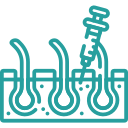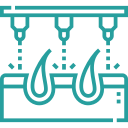Robotic Hair Transplant
The Robotic Hair Transplant method is an FDA-Approved, physician-assisted technology delivering permanent, natural-looking outcomes. Robotic Hair transplantation is the most developed method in Follicular Unit Extraction (FUE). With Robotic Hair Transplantation, one can receive customized treatment with enduring and natural-looking results. It assists in the automation of the extraction of hair follicles with 3d image dimensions and the robotic arm helps the doctor in the hair transplantation method.
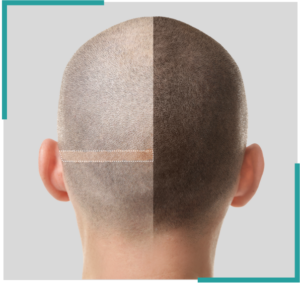
Advantages of FUE Robotic Hair Transplant
-
Automatic extraction of hair follicles.
1
-
It delivers much more accuracy while removing the preferred hair follicles.
3
-
Being a machine it never gets tired while extracting the hair follicles.
5
-
Significant speed and accuracy while extraction
2
-
It maintains the defined distance from the existing hair follicle to guarantee the resident follicles remain intact.
4
-
Comfortable and safe treatment
6
Advantages of FUE Robotic Hair Transplant
-
Automatic extraction of hair follicles.
1
-
Significant speed and accuracy while extraction
2
-
It delivers much more accuracy while removing the preferred hair follicles.
3
-
It maintains the defined distance from the existing hair follicle to guarantee the resident follicles remain intact.
4
-
Being a machine it never gets tired while extracting the hair follicles.
5
-
Comfortable and safe treatment
6

What are the targeted problems for which it can be used?
It is mainly used to treat patterned baldness, medically known as Androgenic Alopecia. It is the common baldness that men suffer from. It affects the crown (front and vertex areas) of the scalp. The hairline recedes and the hair become progressively thinner. Eventually baldness sets in. This type of hair loss is the ideal indication for a hair transplant. Sometimes it is also used to cover hair loss patches due to accidents, burns etc.
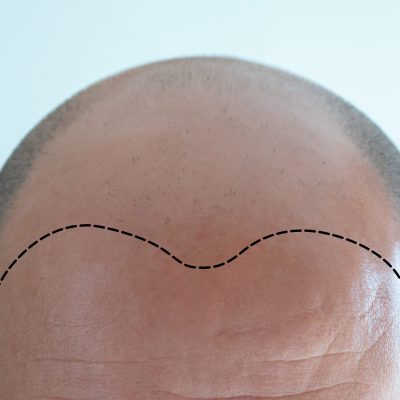
Procedure
- Prerequisites: It is essential for the donor to dye(colour) his grey hair before coming for the treatment The hair has to be cut short to 0.1mm so that it can readily point out of the hair follicle.
- Anaesthesia: Before the surgery, the donor will give local Anaesthesia so that the patient does not feel any discomfort during the surgery. Once the person is provided anaesthesia then they will be asked to lie down on his back on the seat which is attached to the robot.
- Stretch the scalp: The area from where the hair follicle has to be extracted needs to corner the surface and stretch the scalp with the help of a tensioner.
- Tumescent fluid: To get more stability of the skin, the donor area is infiltrated with Tumescent fluid. It’s a mixture of adrenaline that shifts the blood towards the muscles. And underrates the wounding on the scalp.
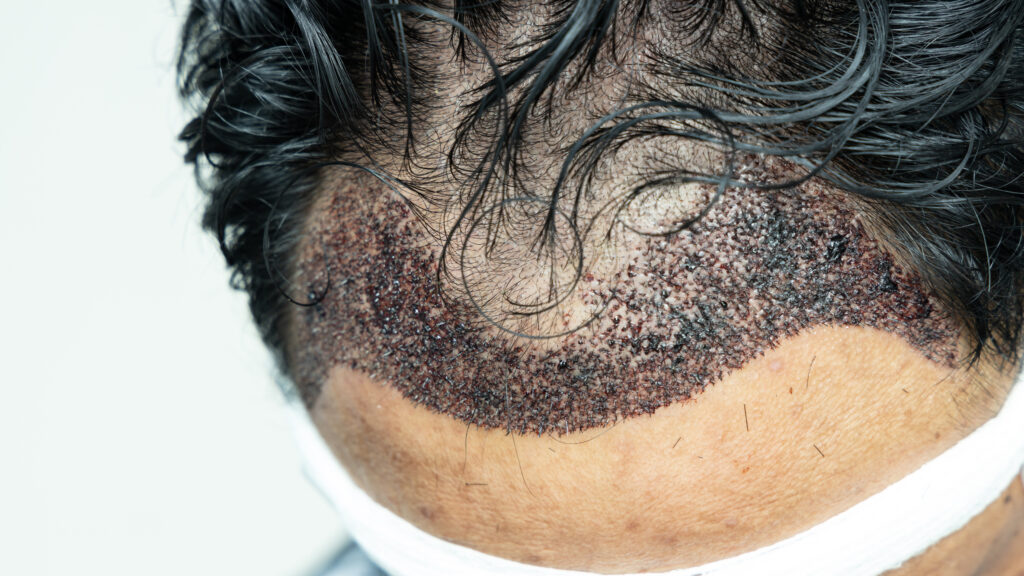
After Surgery
- After the Surgery, one should sleep in a supine position i.e. on the back with one or two pillows below your head.
- Avoid prone i.e. face down sleeping position as it may dislodge grafts. Evade taking blankets overhead.
- During the night of your treatment and for the next few nights, sleep with your head elevated at 45 degrees.
- Place a piece of fabric under your head while sleeping, there are chances of fluid oozing out from the donor area.
Frequently Asked Questions
There are no side effects. Robotic Hair transplant is a very secure procedure and there is no side impact or complication as such. It is fast, no incision is given, and recovery time is very short.
As the cost of the machine is very elevated and disposables used in the methods are costly so cost is high as compared to a strip hair transplant.
No, there is no difference in the final result. if the surgeon is skilled and experienced then whatever approach of hair transplant is used the result will be the same means FUT, FUE and robotic transplant will give the same result.
Yes, it works! The transplanted hair is removed from the back of the scalp (donor site) and moved to the bald site (recipient site).
The transferred tissue is not “rejected” as it is not foreign tissue. The transplanted hair retains its characteristics; texture, colour, growth rate, and curl, after transplantation and re-growth.
The technology needs to evolve as in our opinion, it doesn’t serve much purpose as of now. Yes, it may hold relevance when experienced hands are not available to perform the surgery. With more refinement of technology, the artas system may find use in India. It definitely has some promise as it reduces human fatigue and a doctor may do more than 1 surgery simultaneously. So if it helps in reducing the cost to the patient, ease to the doctor and better results, then surely it will find more takers in India.
Looking for guidance?
Book a consultation today and clear all your doubts with MedLinks!
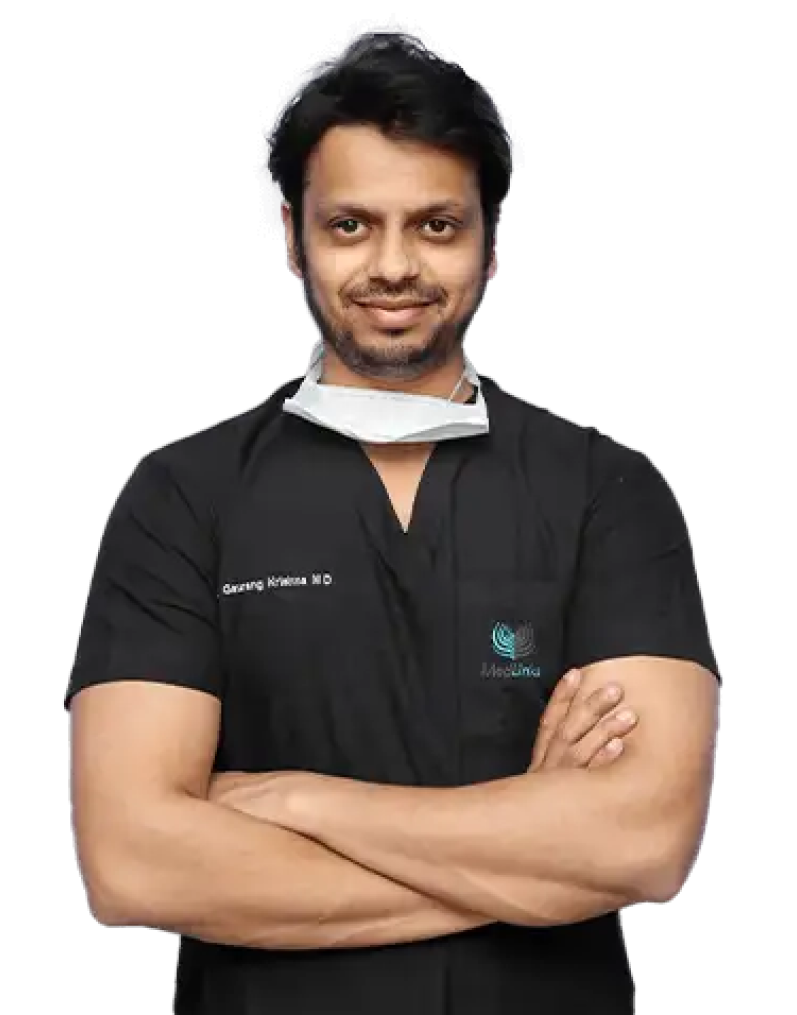
Looking for guidance?
Book a consultation today and clear all your doubts with MedLinks!












